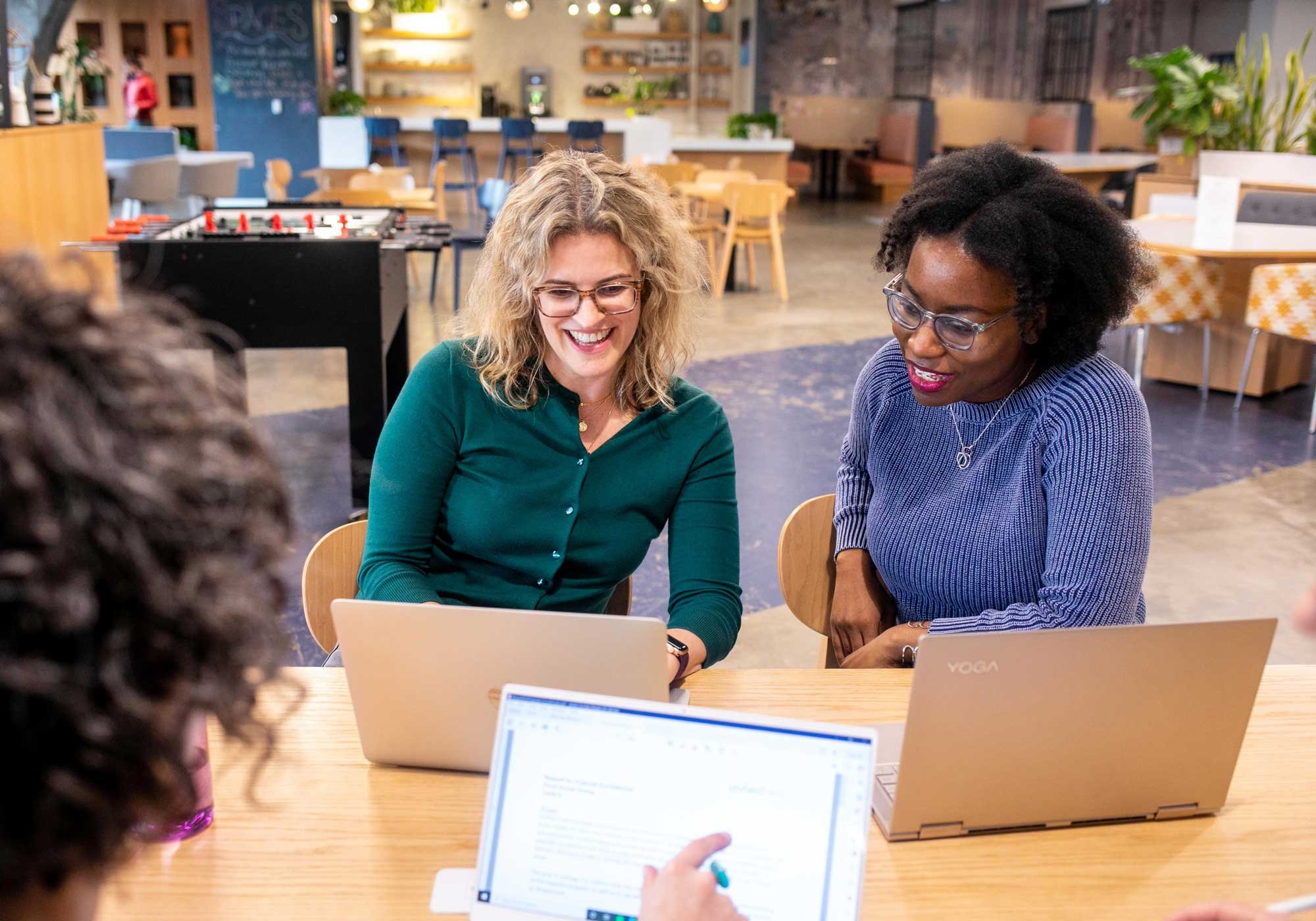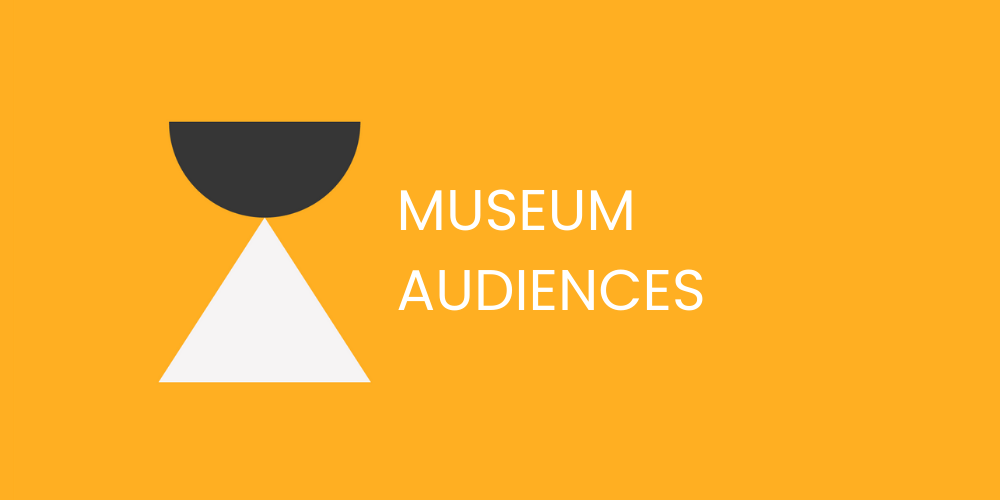
A space for our community to learn alongside us
Insights | Publications | Tools
The latest from our team
Reflection as Evaluation
For museum program facilitators, a post-program reflection tool is a great way to not only reflect on your teaching and facilitation practice, but also generate rich data with which to evaluate your participants’ progress. At Kera, we often include these first-person perspectives in program evaluation designs as an additional data set to triangulate with data representing other relevant perspectives, like those of program participants or museum program managers.
A Quiet Unease About Timing and Tracking Observations in Museums
I’ve led many timing and tracking studies, from those focused on specific galleries to an entire museum floor to a whole museum, and have seen firsthand the kind of lightbulb moments unobtrusive observational data can spark for exhibition designers, museum educators, and others. Recently, however, I’ve been sitting with a different kind of data: my own discomfort—a quiet unease that grew too loud to ignore.
What Story is Your Museum Project Telling?
What was the last story that you heard?
Perhaps, your child told you about their day. Dashia and her bestie at day care used their dinosaur toys, a slightly haggard T-Rex and colorful triceratops, to act out a drama that sounded suspiciously like Lord of the Rings. Or you and your colleague were catching up; he told you about his weekend trip to a new city. His day began with getting lost but ended with finding a scenic outlook. Maybe you were talking with a grandparent. The phrase “back in my day” began, and you learned how your grandma had once travelled from Alabama to Michigan to start a new life, one suitcase in hand.
Field Trip Evaluation and Creative Problem Solving
Anyone who manages museum field trips will tell you that even with the best laid plans, some unpredictable logistical challenge will come up. Now, as someone who evaluates students’ and teachers’ experiences on museum field trips, these challenges bring up a whole new crop of questions and potential solutions. I wanted to share some solutions to a few common field trip evaluation challenges in the hopes that whether you’re a field trip program manager, educator, internal evaluator, or external evaluator you can find the best ways to continuously evaluate school field trips—even when the bus doesn’t show!
Museum Evaluation Methods Roundup
As someone who joined the museum evaluation field relatively recently, there was a lot to learn about evaluative methods as they relate to museums and cultural institutions. Over the years, Kera Collective has published so much insight detailing how we approach our work, so let’s recap some of our favorite resources on our Learning Hub about evaluation methods!
Getting the Most Out of a Logic Model
Toward the end of last year, our fearless leader, Stephanie Downey, wrote about why you need a logic model. Because we often help clients build logic models for programs and partnerships, I want to expand on the why by discussing more about the how and share some tips for creating a logic model that works for you and your organization.
Life as an Educator and Interviewer: Using Facilitation Skills to Craft Thoughtful Interviews
About 10 years ago, I stood in front of my first-ever class, a newly minted teacher. I was nervous: I was still a graduate student. What did I know about teaching? As the class began, I calmed my nerves by wielding one of the few tools I had in my back pocket: an icebreaker question. “Would you rather battle a lion or fight a shark?” The students laughed; they each answered, showing a bit of their personality with each response. My nerves began to settle, and I thought, “Oh, yeah, I forgot. My students and I create this space of dialogue together, and we can use questions to build connections.” As I grew as an educator over the next couple of years, I loved facilitating learning. I was surprised at how much I enjoyed the role of facilitator—I liked (as the cool kids might say) “holding space” for inquiry, critique, and dialogue. So, I went on to explore other facilitation roles; I served as a writing tutor, and I trained to become a museum docent.
Quantitative Data Visualization Tips for Beginners
There are so many ways to tell a visual story with quantitative data. We’ve all come across data visualizations that communicate information in a clear and compelling way (for example, this amazing data story in the New York Times). But, I’m sure you’ve also encountered visualizations that leave you scratching your head, wondering what you are looking at and what you are supposed to be taking away. It can feel overwhelming to know where to start with making or improving your own visualizations.
Never fear! I want to share a few simple tips to keep top of mind when you are creating your next data visualization.
Reporting with Juice: Vignette as a Qualitative Reporting Method
Our evaluation of the Talk of the Town artist-in-residence program at El Museo del Barrio looked at ways the program served its intended audience: immigrant communities throughout New York City that speak Indigenous and/or endangered languages. As part of data collection for the evaluation, interdisciplinary educator and evaluator Filippa Christofalou followed three different month-long artist residencies organized by El Museo in partnership with community-based organizations. Each residency focused on a different project designed to serve its specific community: a guide book for refugees and asylees from across the African diaspora, processional banners celebrating Indigenous Kichwa culture, and documentation of Indigenous Latin American medicinal healing resources through art.
Confessions of a Museum Data Collector
We’re excited to share a thoughtful blog post by Samantha S. Snow, a valued data collector from one of our past projects and a graduate student in Museum Education at Tufts University. In this post, Samantha reflects on her experience and provides a unique perspective on the challenges and rewards of collecting data in museum settings. Her insights offer a behind-the-scenes look at the data collection process and emphasize the critical role it serves in shaping museum research.
VIDEO: Formative Evaluation for Exhibition Development
In this talk, Cathy Sigmond explores how formative evaluation supports the process of creating audience-centered exhibitions. Cathy covers the ins and outs of formative evaluation for exhibition development, from core principles to strategies for doing formative evaluation in all types of museums.
You Need a Logic Model
Museum educators, does any of this sound familiar?
You care deeply about making a positive difference in museum audiences’ lives, yet...
You are pulled in many directions by competing needs and agendas
You have limited resources and capacity
You need to raise money to fund your programs
You feel you are having a positive impact but you have no evidence, and
You have been told to consider expanding or scaling up your program
If any of these are true of your museum program or department, you probably need a logic model.
Essential Tips for Interviewing Museum Visitors
Interviewing visitors is a valuable way to gain insight into what they think of your museum, either during or as they finish their visit. Their feedback can also help shape the development of future exhibitions and programs. I’ve had the opportunity to interview many museum visitors onsite at museums, and I personally really love chatting with them. I get to meet a lot of great people and hear so many unique and diverse perspectives. To help out anyone interested in trying out interviews, I would like to share a few tips as a seasoned interviewer!
Summative Evaluation: Is It Worth It?
At the Visitor Studies Association (VSA) conference in July 2024, I co-presented with two museum exhibition practitioners about questioning the status quo of exhibition evaluation practices. We each approached the session with questions and skepticism about traditional summative evaluation for exhibitions. The big question I explored was: Are summative evaluations worth the cost (money and time)?
Understanding Museum Audiences Through Cluster Analysis
We have seen a surge in requests for audience research projects over the last couple of years. All types of museums, from science to history to botanic gardens, are asking for studies that can help them understand more about their visitors. And with this flurry of audience research projects, we have been doing a lot of thinking about museums and their audiences.
When You’re the Researcher AND Participant: The Benefits of Collaborative Research
I’ve been a fan of collaborative research ever since I learned about it when working on my dissertation on the role of Whiteness in the gallery teaching practices of White art museum educators (like myself). Initially, I was trying to study Whiteness through a traditional approach, where I developed study questions, recruited participants (other White museum educators), designed instruments, and analyzed data on my own. But several months into data collection, my findings just weren’t addressing my questions with the richness that I expected. I finally realized: I need to examine Whiteness by critically examining it in myself.
Getting Started with Qualitative Analysis
Have you ever found yourself staring at a mountain of qualitative data, feeling like you're lost without a map? Whether it’s transcripts from interviews or focus groups, written responses from a survey or assessment, or entries in a diary study, figuring out where to start can feel daunting.
Going with the Flow While Prototyping Exhibits
Over the years, I’ve had the pleasure of working with many design firms and museums to prototype early versions of new exhibits with visitors. Prototyping helps us understand what works well about an exhibit and what doesn’t, and the results guide us in refining exhibits so they are more engaging and effective. Some of my favorite examples include testing out a tactile map of a large National Recreation Area; a hands-on airplane seat-building challenge; interactives about climate change; a Sims-style urban-planning experience; and, most recently, a 10-foot tall Plinko-like game about natural resources.
Observing Museum Programs: A Body Based Approach | An interview with Filippa Christofalou
Observations are an important tool for evaluating museum programs from the perspective of a third party. Observations can reveal important dynamics and surprising ways a program may be addressing its intended outcomes. Observing programs in museums brings their own set of considerations, considering their logistical variations and museums’ history of exclusion.
Why Interviewing is Essentially the Pursuit of Curiosity
As evaluators, we use many different methods to collect data, and one of the most-frequently used methods we use to collect qualitative (descriptive) data are interviews. Interviews take many forms depending on the context and project but what does not change is the essential element of curiosity that is built into the interview process.











